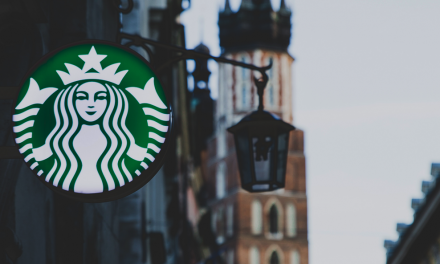In the post-Covid world, as America’s families begin to plan to their spring and summer vacations to Washington DC, they should put Arlington National Cemetery on the top of their must-visit list for this reason: this year marks the centennial dedication of the sublime and serene Tomb of the Unknowns that sits atop one of the most famous promontories in all of America.
Hard by the Potomac River, amid the endless kaleidoscope of white crosses and stars of David and the lush and rolling hills of our most famous national burial ground, the Tomb is guarded 24-7-52 by the Honor Guard, written about so elegantly and cogently in a small gem of a book by U.S. Senator Tom Cotton who once served in the Guard.
The Tomb of the Unknowns is a popular site all year round — I have been there on the coldest, snowiest days in the soul of winter as well as on the most humid, molten days of summer – and the history of the Tomb is tied directly to Armistice Day, now known as Veterans Day, dating from Nov. 1921.
A century ago this week, a veteran killed in World War I in France and never identified, was interred in that sacred spot at Arlington. The tomb is an abiding national reminder that though thousands of Americans in all our wars have never been positively identified after losing their lives, and are thus unknown to us, they are indeed known to the God Who created them.
Since that first internment after the Great War, unknown veterans from other American wars – World War II, Korea, and Vietnam – have been laid to eternal rest there too, never to be forgotten and always to be honored, as representative of all their countrymen who made the ultimate sacrifice in defense of America’s liberty.
The hourly changing of the guard at the Tomb is decorum of a high order – fitting, weighty, of ballast and gravitas equal to the seriousness of military conflict, and valor. Families who together witness the guard changing ceremony will never forget it; it bonds people in a soulful, humbling manner unlike anything else I have ever been privileged to witness.
Rep. Hamilton Fish of New York was the person who wrote the resolution calling for the building of the Tomb of the Unknowns. In France where most of World War I was fought, an American veteran Army Sgt. Edward F. Younger, 23, was given the honor of selecting among four unknown sets of remains to be the veteran interred at the Tomb.
It was a religious experience for him: “I entered the door … and stood alone with the dead. For a moment I hesitated, and said a prayer … Each casket was draped with a beautiful American flag … Three times I walked around the caskets; then something drew me to the coffin second to my right .. It seemed as if God raised my hand and guided me as I placed the roses on the casket.”
The casket then began the journey to Arlington: by train from Paris to the French port of Le Havre located on the English Channel. The ship Olympia bore the body to Washington DC’s Navy Yard, where it was honored by a host of vips awaiting its American arrival.
From there, by horse-drawn caisson to the rotunda of the U.S. Capitol where the president and vice president of the United States; members of the U.S. Supreme Court including the chief justice of the United States; and leaders in Congress paid their respects. The casket rested upon the same catafalque as the one used when President Abraham Lincoln lay in state there after his assassination in 1865.
President Warren Harding tenderly placed a wreath upon the casket in a deeply moving moment.
Later, as hundreds of thousands of people gathered in and around the hills of Arlington, Harding delivered brief remarks and led the nation in saying the Lord’s Prayer.
In his remarks, the president said: “With all my heart, I wish we might say to the defenders who survive, to mothers who sorrow, to widows and children who mourn, that no such sacrifice shall be asked again … As we return this poor clay to its mother soil .. I can sense the prayers of our people, of all people, that this Armistice Day shall mark the beginning of a new and lasting era of peace on earth, goodwill among men.”
A century ago, on Armistice Day, Nov. 11, 1921, three years after the Great War ended, the casket was placed into the plain white marble memorial. A rifle artillery salute followed, the white spoke wisping off into the autumnal breeze. The unknown solider had finally come home.
The timeless inscription on the Tomb of the Unknowns is elegant in its simplicity: “Here rests in honored glory an American soldier known but to God.”
Photo from Shutterstock.






